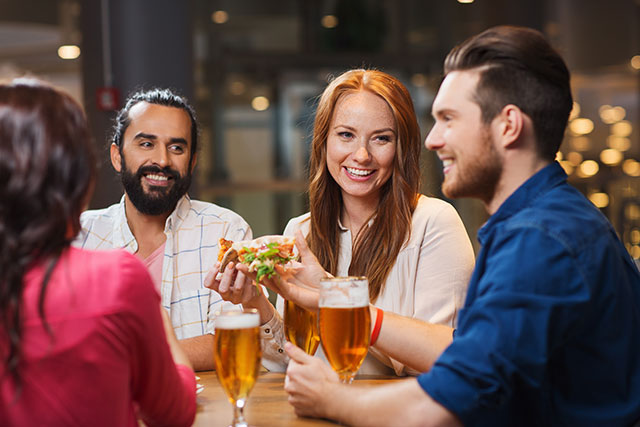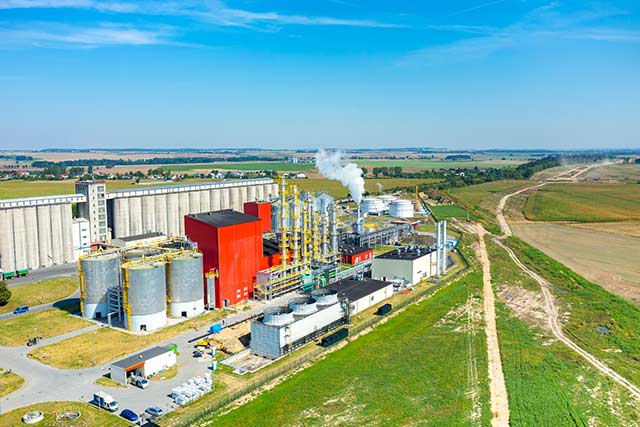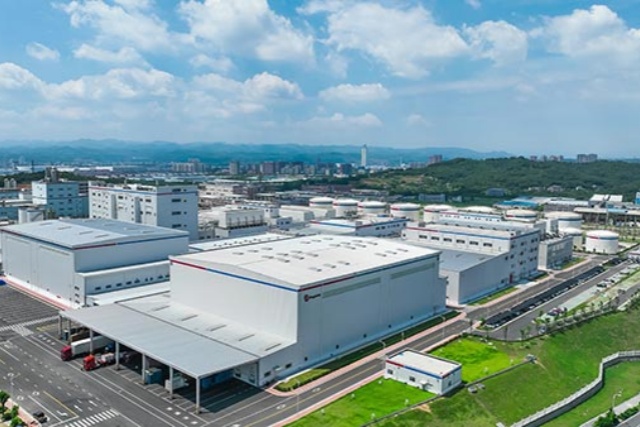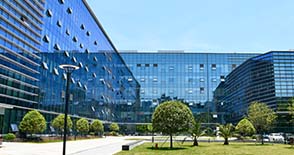
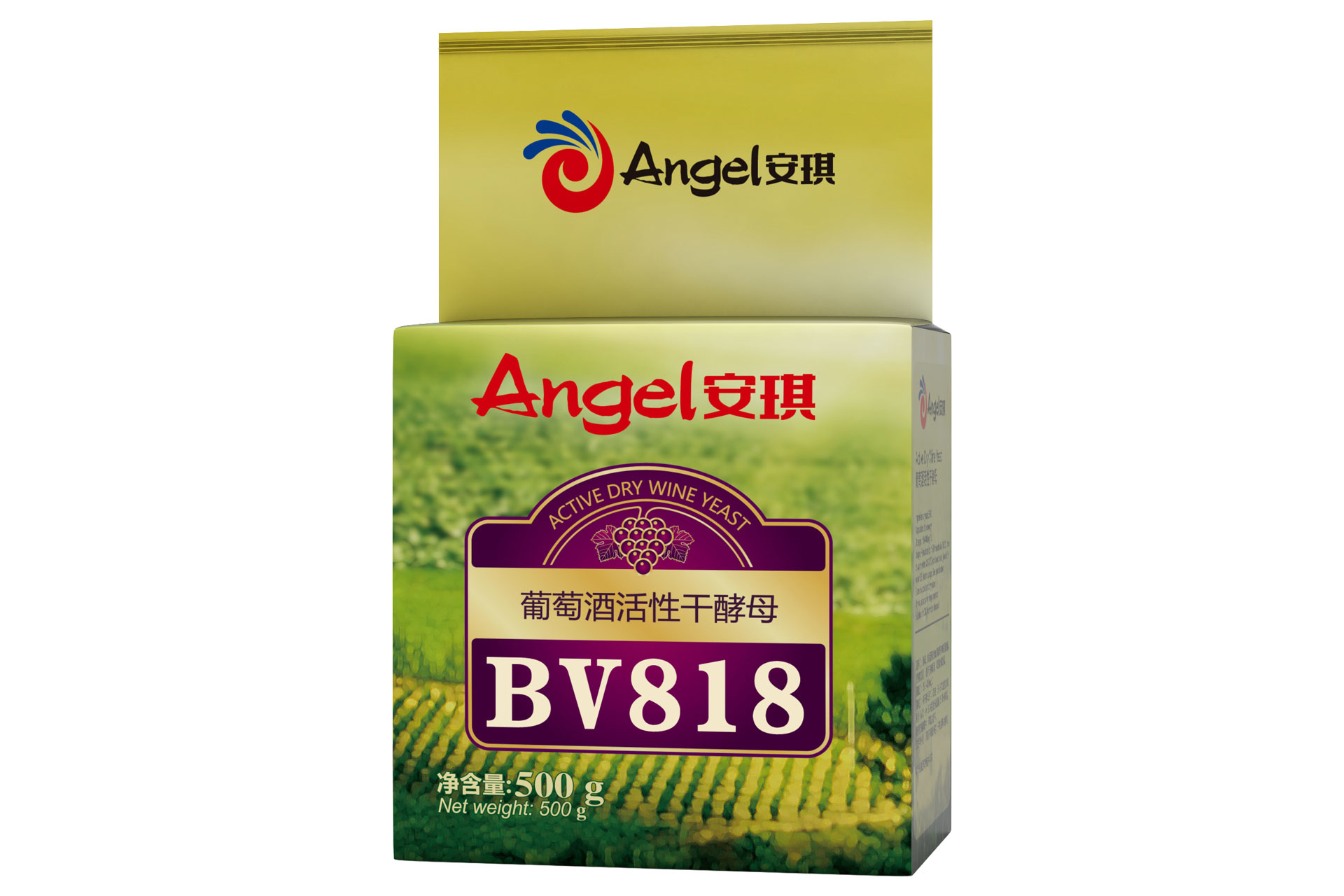
Product Description
BV818 was selected from natural wine fermentation with strong and reliable fermentation kinetics. Its sensory contribution is considered neutral because it makes very little contribution to the sensory characteristics of wine, thus highlighting the aroma characteristics of famous white grape varieties such as Italian Riesling, Chardonnay, and Sauvignon Blanc. It is widely used around the world in the production of white wine and secondary fermentation.
Fermentation Characteristics
- Fermentation temperature range: 10-30°C
- Alcohol tolerance: up to 18%vol
- Nitrogen requirement: low
- Production of volatile acidity: low
- Production of H₂S: low
- Production of foam: low
- Sulfur dioxide resistance: good
- Competitive factor: active
Protocol for Use
1. Rehydration Without Yeast Nutrition
Dosage: 20 to 40 g/hL
Rehydrate the yeast using water at 10 times its weight, with a temperature range of 35 °C to 40 °C.
Resuspend the yeast by gently stirring, and wait for 20 minutes.
Blend the rehydrated yeast with a bit of juice/must, gradually acclimating the yeast suspension temperature to within 5-10 °C of the juice/must temperature.
Inoculate into the juice/must.
2. Rehydration with Nutri-Rehyd
In the situations of tough fermentation conditions (high potential alcohol, over clarified must, low temperature), rehydrating yeast with Nutri-Rehyd is recommended. Carry out the rehydration procedure according to the selected Nutri-Rehyd product's instructions.
Dosage
20 to 40 g/hL
Reds | Roses | Whites | Sparklings | Ferm Speed | Nitrogen Need | Sensory Effect |
★★ | ★★★ | ★★★★ | ★★★★ | Fast | Low | EVC |
Note:
★★★★=Best Recommendation
EVC=Enhances Varietal Character
Storage and Shelf Life
Store in original sealed packages, in a cool and dry environment. Shelf life at the recommended conditions is 42 months. After opening the yeast must be used as soon as possible. Avoiding long-term storage at temperature above 30 °C.
Notes
It has good performance in low temperature, high concentration of SO₂ or in the shortage of nutrient fermentation; enhance famous white grape aroma such as Italian Riesling, Chardonnay, Sauvignon Blanc. It can restart the end fermentation, and smooth sparkling wine second fermentation.
Tips
The difference between the yeast and must temperatures should not exceed 10 °C during inoculation.
Fermentations using active dry yeast can reduce the risk of contamination by wild yeast and harmful microorganisms.
The rehydration process must not exceed 30 minutes.
